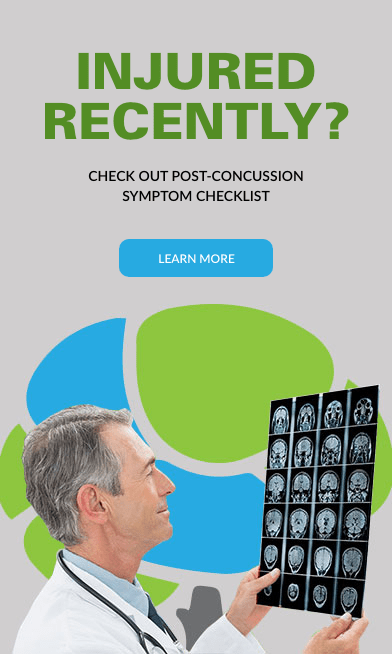NEUROCOGNITIVE REHABILITATION
A COMPREHENSIVE APPROACH TO HEAD INJURY RECOVERY
Boost Your Brainpower: Neurocognitive Rehabilitation Strategies That Work
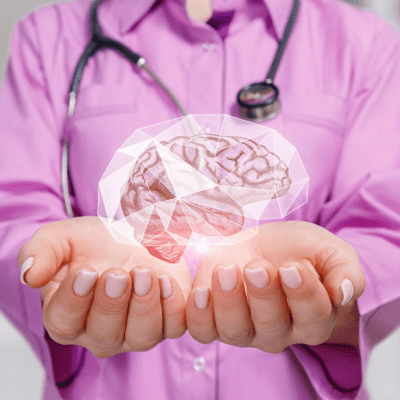
Unlock Your Brain's Potential: The Power of Neurocognitive Rehabilitation.
A head injury can have a profound impact on a person's life, affecting cognitive, emotional, and behavioral functioning.
In the wake of a traumatic brain injury, many individuals struggle with memory deficits, attention and concentration problems, language difficulties, and changes in mood and personality. These challenges can make it difficult to return to work or school, maintain relationships, and engage in everyday activities.
Get Back on Track: Neurocognitive Therapy for Head Injury Recovery
What is Neurocognitive Rehabilitation?
Neurocognitive rehabilitation therapy offers a comprehensive approach to head injury recovery, providing essential support for improving cognitive function, emotional regulation, and overall quality of life.
Neurocognitive rehabilitation is a type of therapy that focuses on improving cognitive, emotional, and behavioral functioning after a brain injury.
This approach recognizes that the brain is capable of neuroplasticity – reorganizing and creating new neural connections – even after a significant injury.
By engaging in targeted rehabilitation activities and exercises, individuals can improve their cognitive function and reduce the impact of brain injury on their lives.
Neurocognitive rehabilitation may include a range of interventions, such as visual neuro-cognitive rehabilitation devices, cognitive training, memory aids, psychotherapy, physical therapy, neurofeedback therapy, and occupational therapy.
The visual neuro-cognitive rehabilitation device is a cutting-edge technology that uses virtual reality to improve visual processing and cognitive function after a head injury.
The device consists of a head-mounted display that presents a series of visual stimuli designed to stimulate the brain and promote neural plasticity. The system adapts to each user’s needs and abilities, providing a personalized and practical rehabilitation experience.
Treatment plans are tailored to each individual’s needs, considering their unique strengths, challenges, and goals.
Regain Control of Your Life with Neuro Rehab
How Does Neurocognitive Rehabilitation Work?
The first step in neurocognitive rehabilitation is a comprehensive assessment of the individual’s cognitive, emotional, and behavioral functioning.
This assessment helps identify areas of strength and weakness and specific challenges that the individual may be facing.
Based on this assessment, the therapist will develop a treatment plan that includes a range of interventions. Cognitive training exercises, such as computer-based tasks and memory games, may be used to improve attention, memory, and problem-solving skills.
Memory aids, such as calendars, checklists, and reminder systems, may be implemented to help the individual better manage their daily activities.
Psychotherapy may also be a component of neurocognitive rehabilitation, providing emotional support and teaching coping skills to manage the emotional impact of a brain injury. Occupational therapy may be used to help individuals regain skills necessary for work or other activities of daily living.
Throughout the course of treatment, progress is monitored, and adjustments are made as needed. Neurocognitive rehabilitation is typically a long-term process requiring ongoing commitment and effort from both the individual and their therapist.
Regain Control of Your Life
Why is Neurocognitive Rehabilitation Important for Head Injury Recovery?
Neurocognitive rehabilitation therapy is essential for head injury recovery, providing a comprehensive approach to improving cognitive, emotional, and behavioral functioning.
Individuals can regain their independence, improve their quality of life, and return to work or school by engaging in targeted rehabilitation activities and exercises.
In addition, neurocognitive rehabilitation can help individuals cope with the emotional impact of a brain injury, providing essential support for managing anxiety, depression, and other mental health challenges.
By addressing both the cognitive and emotional aspects of head injury recovery, neurocognitive rehabilitation offers a holistic approach to healing and resilience.
If you or someone you know has experienced a head injury, neurocognitive rehabilitation may be an important tool for recovery.
Individuals can improve their cognitive function, emotional regulation, and overall quality of life by engaging in targeted rehabilitation activities and exercises.
With the support of a skilled therapist, it’s possible to overcome the challenges of a brain injury and achieve a fulfilling and meaningful life.
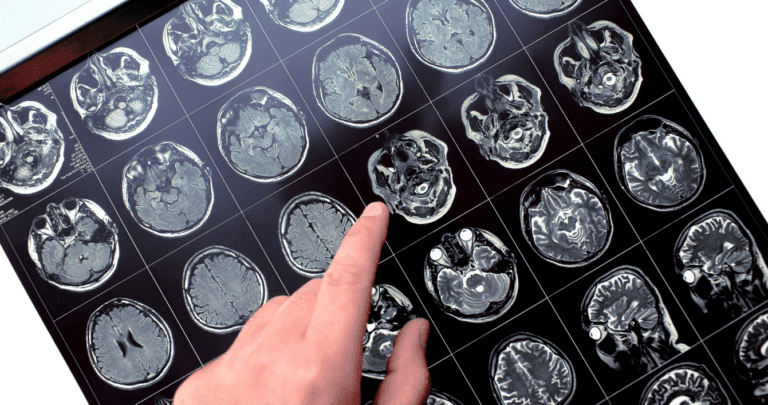
New Release from Penn Medicine News Head Injury 25 Years Later – Penn Study Finds Increased Risk of Dementia
Penn Medicine Research Reveals Stronger Associations Between Head Injuries and Dementia Among Women Compared to Men, and Among White Participants as Compared to Black Participants. Read more about the article below.
Latest News & Updates
Blogs
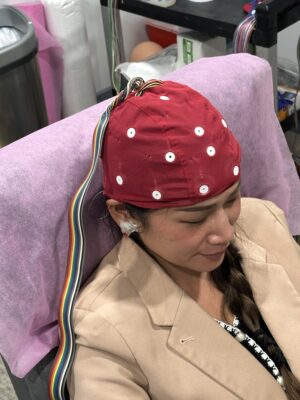
QEEG Brain Map Interpretation
In the world of neuroscience, one of the advanced tools used to understand brain function is the Quantitative Electroencephalogram (QEEG),

Meet Our No.1 Best Neuropsychologist in Tampa, FL Location
At Radius TBI, we pride ourselves on providing exceptional care for individuals suffering from traumatic brain injuries (TBI) and concussions.
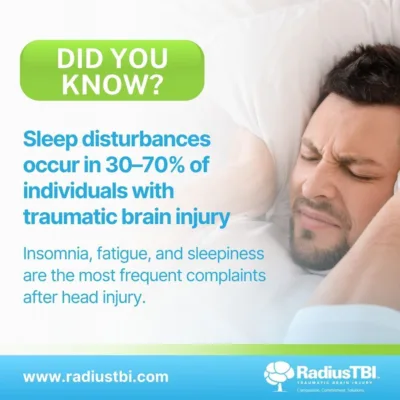
Sleep Disturbance
Did you know? Dealing with a traumatic brain injury (TBI) often means navigating a range of complications, one of the



